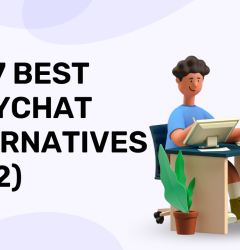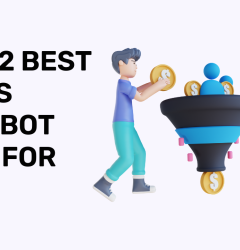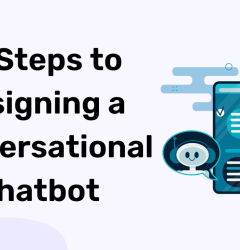10 Jan

Introduction :
Given the increased difficulty in providing patient care during a health emergency or pandemic, the healthcare industry has turned to improving digital healthcare services.
One in every twenty Google searches is for health-related topics, which amply indicates the demand for reliable online medical advice.
Healthcare professionals now rely on conversational artificial intelligence (AI) to assist patients around-the-clock, which is revolutionizing the sector.
Patients may receive correct information and have a better experience thanks to chatbots in the medical field.
For patients looking for a trusted alternative, an AI-enabled chatbot is a good place to start.
On the other side, healthcare chatbot use cases are growing daily as bots assist healthcare providers in reducing their caseloads.
What are Chatbots in the Healthcare Sector ?

Natural language processing (NLP) and other machine learning methods are used to create chatbots, which are computer programmes that can initiate and participate in real-time conversations with users for the benefit of patients.
In the areas of retail, news media, social media, banking, and customer service, chatbots are already popular.
On their cellphones, a large number of people interact with chatbots every day without even realizing it.
Chatbots are transforming how we live, from catching up on sports news to navigating bank apps to playing conversation-based games on Facebook Messenger.
These AI-enabled solutions are also starting to be used by healthcare payers, clinicians, and medical assistants to streamline patient care and eliminate waste.
We witness a healthcare chatbot in action in the medical area whenever a patient strikes up a conversation with a medical representative who may appear human but is actually an intelligent conversational machine.
Why are chatbots important in healthcare?

According to 2019 research, the following are the benefits of employing chatbots in healthcare:
Monitoring: Being aware of and keeping track of changes in the user’s behaviour, anxiety, and weight to support the formation of better habits.
Particularly with regard to delicate and mental health issues, anonymity.
Personalization: Depending on the application, different personalization levels exist. Measurements of physical vitals (oxygenation, heartbeat, and body temperature) via mobile sensors are used in several applications.
facial recognition to track patient behavior.
Real-time communication: prompt response, alerts, and reminders.
Scalability: The capacity to respond to many users at once.
Key Benefits of Healthcare Chatbots

1. Enhanced Patient Involvement

When a patient sees their therapist again a week later, they frequently ask for past documentation, which is one of the most pervasive issues in the healthcare industry.
Unfortunately, patients occasionally forget to bring documentation, which results in a less accurate assessment of the patient’s progress.
The service provider can keep patient data with the aid of chatbots through discussion or recent calls.
2. Gains patient confidence
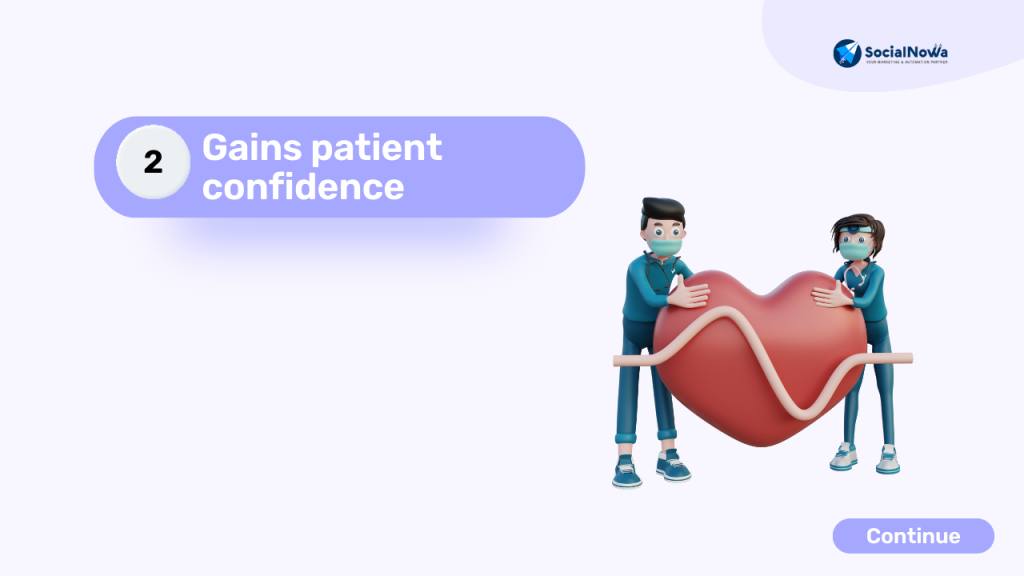
Patients are never left unattended when using chatbots. For instance, if one area of your hospital focuses solely on patient satisfaction and reporting, there is no waiting period and patients receive answers to their questions with minimal effort.
Chatbots help your hospital in this way. Chatbots substantially increase the patient experience.
3. Update the Patients
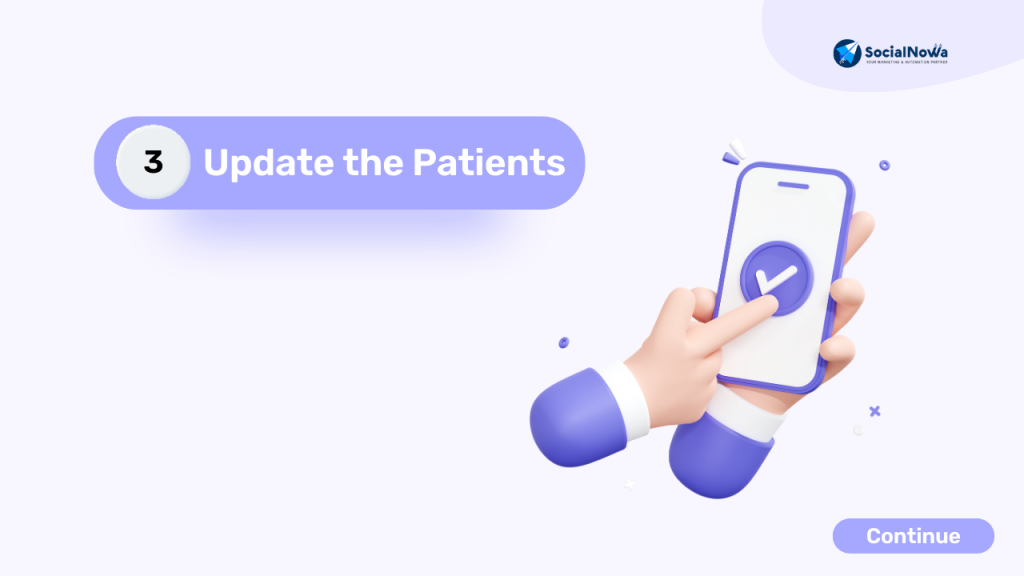
A chatbot can be useful for patients who constantly text or email doctors about upcoming surgeries, schedules, and appointments.
They also provide patients with crucial medical information, automated medication reminders, and tips on how to preserve their health.
4. Deal with Repeated Requests
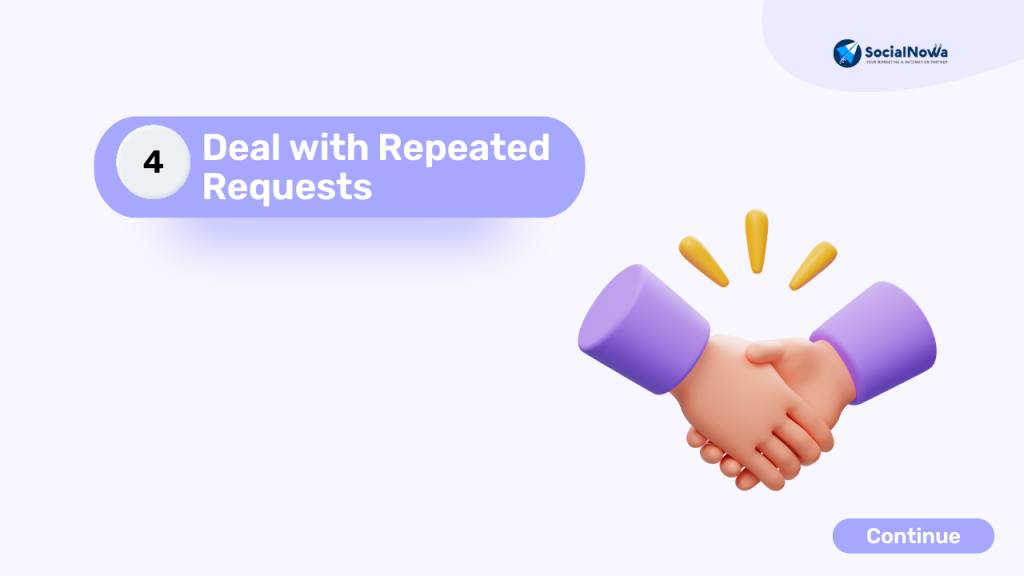
The medical support personnel is overworked and kept busy by frequent questions, which causes them to miss other patients.
In this case, there is a considerable wait for an agent to get a simple query. Chatbots, on the other hand, provide answers in a matter of seconds, improving customer satisfaction while lightening the load on teams.
Best chatbots for healthcare?
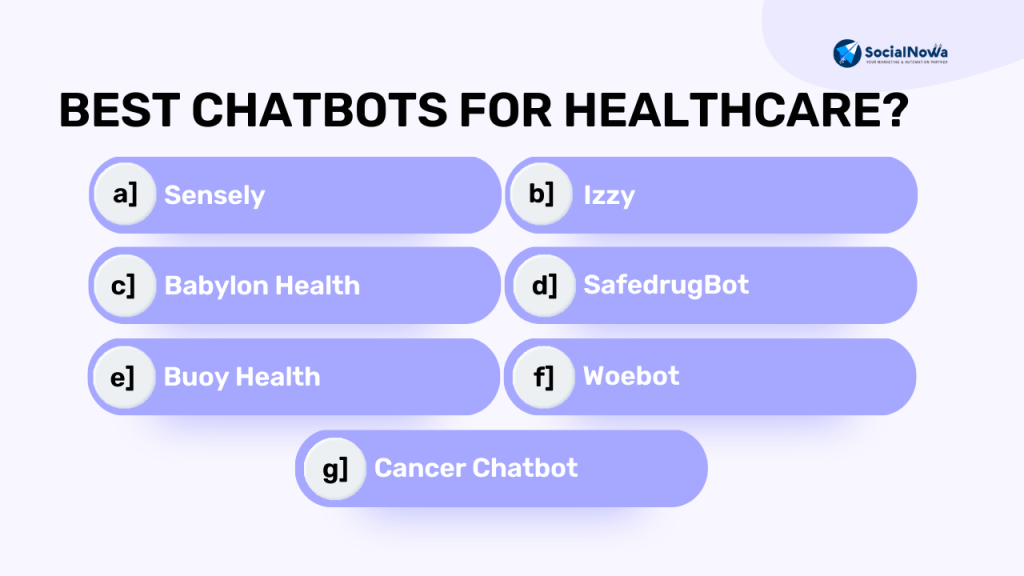
a.) Sensely | Chatbots For Healthcare
Patients can use text and speech to record their health symptoms using Sensely.
The chatbot seeks to “intelligently assist members to insurance services & healthcare resources,” according to its website.
This bilingual portal “enhances access while establishing trust” using content from the Mayo Clinic.
The chatbot operates as follows:
The first step for consumers is to activate the app and describe any symptoms they are experiencing.
After matching their symptoms with its algorithm to assess their status, Sensely will question them using a colour triage system whether their symptoms are light or severe.
After that, Sensely will make a relevant diagnosis recommendation so that the patient can get the care they need.
b.) Izzy | Chatbots For Healthcare
According to Medium, communicating with Izzy only requires that you do the following:
To make this chatbot easily accessible to customers, go to Facebook Messenger.
Super Izzy will then give you a brief introduction before requesting your input.
She will next request that you agree to her Messenger terms and conditions.
She can help you with anything you need once the T&C have been agreed upon.
Izzy is fantastic on Messenger, but many users, according to Medium, advise using it on a computer rather than a mobile device because the PC version has a more user-friendly UX design.
Even though this is more of a company-to-patient healthcare chatbot, it may still be advertised in a variety of contexts, such as encouraging people to take care of themselves.
By the way, if you’re interested in finding out more about chatbots for your company, see our chatbot guide.
c.) Babylon Health | Chatbots For Healthcare
A patient can have a virtual consultation with a doctor or healthcare provider through the subscription health service Babylon Health.
On its website, it states that it is accessible around-the-clock and that you may download an app from the App Store or Google Play.
How simple is the app to use for your patients?
- Customers can download the app with ease.
- They can open the app and complete a simple form with some personal information and their medical background.
- They will subsequently receive a text and video message referral to a healthcare practitioner.
- Describe how they are feeling, and the chatbot will compare it to a database of illnesses to provide a suitable remedy.
Effectiveness-wise, having a healthcare chatbot like this is incredibly useful since it allows medical professionals to reduce the amount of patients they see in person and instead provide assistance remotely.
To help people get the resources they need to take care of themselves, they can also get employees in any type of business to download it.
d.) SafedrugBot | Chatbots For Healthcare
According to its website, this healthcare chatbot intends “to aid doctors in their daily work.” It functions as an assistant that gives medical users precise data through chat by offering helpful advice and keeping track of a woman’s health while she is nursing.
Additionally, it assists healthcare professionals in advising women on the appropriate drugs to take while they are breastfeeding.
This can be incredibly beneficial for people to search up quick, accurate information anytime it’s needed, saving time by having all the information at your fingertips rather than having to spend time looking it up.
e.) Buoy Health | Chatbots For Healthcare
Last but not least, the Buoy Health healthcare chatbot streamlines all the research on symptoms for you. In fact, they outline a step-by-step procedure for using this chatbot on their website:
- Please list your symptoms.
- Get opinions.
- Select the best form of care for you.
- Give Buoy permission to text you in order to follow up.
- Share your story with the Buoy neighbourhood.
f.) Woebot | Chatbots For Healthcare
According to Woebots website, it “infuses[s] artificial intelligence with the empathy and competence of a therapist” to send patients throughout the world the greatest mental health advice via text messages.
This is how it goes:
- Start the app, then finish the cognitive-behavioural therapy (CBT) assessment.
- The chatbot can analyse your mood and personality once you take the test.
- Afterward, Woebot will offer advice from a licensed therapist.
g.) Cancer Chatbot
The goal of Source’s Cancer Chatbot is to assist patients in seeing early indications of the disease so they can treat it effectively.
Patients can access the support they need from their mobile devices thanks to a wide database of cancer treatment organisations and services.
According to Medium, Facebook Messenger can be used in combination with the Cancer Chatbot.
- In the search box, enter “cancer chatbot”.
- Engage the Cancer Chatbot in discussion.
- Enter your question, and the chatbot will provide reliable information from its database in response.
This healthcare chatbot is a need if you have workers who are exposed to carcinogens.
It will assist you in encouraging people to keep track of their symptoms and in enlightening them about warning signs and symptoms.
Top 7 Chatbot Use Cases in Healthcare
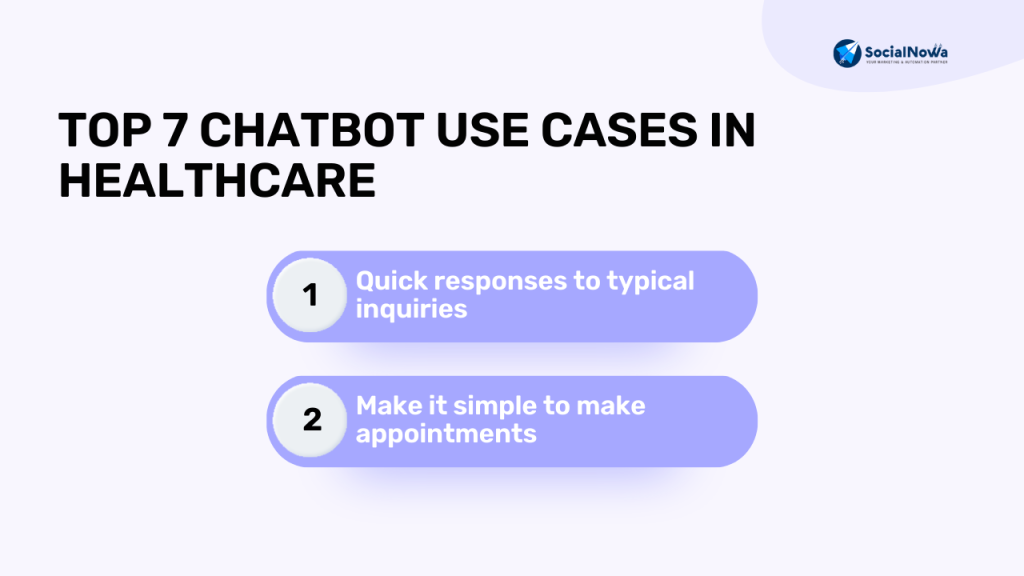
They can significantly increase the effectiveness and precision of the procedures for symptom identification, preventive care, post-recovery care, and feedback.
Let’s talk about the main applications of healthcare chatbots.
1. Quick responses to typical inquiries
The frequently asked questions area is one of the most prevalent elements of any website.
Simple questions like these are ones that a chatbot can handle well:
- What are the hours of operation?
- What documentation is needed to receive treatments?
- What proportion of the price will be paid by insurance?
- What are the rates for the payment tariff?
Patients can contact the doctor for serious difficulties by using chatbots in the healthcare industry.
By adding an interactive healthcare chatbot to answer consumers’ general questions, several healthcare service companies are converting FAQs. It enables users to quickly find answers to frequent questions.
How is a healthcare chatbot the ideal fit for the institutions in this case?
Real-time response – A chatbot for healthcare gives users prompt answers to frequently asked queries, which lowers the number of tickets.
Bots are accessible 24 hours a day, seven days a week to interact with clients and offer quicker support.
Answers that are tailored to the patient’s needs are given by a medical chatbot that recognises and comprehends the patient’s question.
2. Make it simple to make appointments
Many patients challenge themselves to use the scheduling methods in spite of them.
Long wait times caused 30% of patients to cancel appointments, and 20% of patients switched providers permanently as a result of slow service.
The use of chatbots in the healthcare sector has proven a fantastic solution to the problem.
Based on the doctor’s availability, a well-designed healthcare chatbot can plan appointments.
Additionally, chatbots can be programmed to communicate with CRM systems to assist medical staff in keeping track of patient visits and follow-up appointments while also keeping the data readily available for future use.
To further speed the procedure, co-payments can be gathered and processed by an AI healthcare chatbot.
3. Advising wellness initiatives
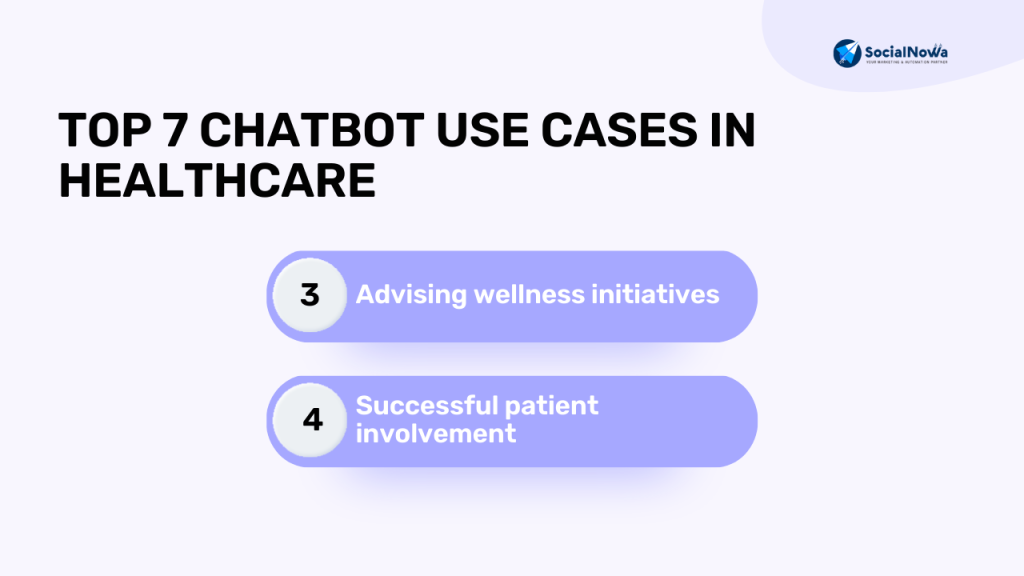
Increasing enrollment is one of the main components of the healthcare business. Medical chatbots are the greatest choice for healthcare organisations when it comes to boosting awareness and increasing enrolment for various programmes.
Natural language processing (NLP) and sentiment analysis allow a well-designed healthcare chatbot to understand user intent.
Based on its interpretation of human input, the bot can advise appropriate healthcare plans.
4. Successful patient involvement
Patients who are disinterested in their healthcare are twice as likely to put off getting the treatment they need and are three times as likely to have unmet medical needs.
Chatbots for healthcare providers effectively close the knowledge and communication gaps. By giving patients prompt responses to their concerns and dispensing health information, automating communication with a chatbot fosters patient trust.
Healthcare AI-enabled patient interaction chatbots give potential and existing patients quick, precise, and accurate information to enhance patient care and services.
Three ways that healthcare chatbots can improve your patient outreach are listed below:
Automate a Personalised Experience: Instead of putting patients in direct contact with a human agent, chatbots enable healthcare practitioners to communicate with patients through text-based or text-to-speech online chat conversations.
Without any face-to-face interaction, the patient gets the information they need.
Connect Meaningfully with Patients: Patients can access chatbots through websites, QR codes, emails, SMS text messages, and more. Patients are more likely to engage and gain from the encounter if they can be connected in the communication channel of their choice.
Deliver Engaging Content: Patients’ interests, worries, and attention spans range widely.
When the appropriate information is delivered at the appropriate time and in an understandable manner, both healthcare practitioners and patients gain.
With the help of chatbots, patients can be directed to the information they require in a variety of ways.
5. Compile the patient’s data

One of the key uses of healthcare chatbots is data collection on patients.
By using healthcare chatbots, simple inquiries like the patient’s name, address, phone number, symptoms, current doctor, and insurance information can be utilized to gather information.
Further data storage makes it simpler to admit patients, track their symptoms, communicate with them directly as patients, and maintain medical records.
6. Easy scalability of service hours
The ability to grow the support is the first thing any company, especially those in the healthcare industry, may require.
When traffic unexpectedly surges, how would you handle rush hour with the same support system in place?
The outcome will be difficulties like needing to hire more medical specialists and holding training sessions.
By incorporating a healthcare chatbot into your customer service, you can address the problems and offer the scalability to handle talks in real-time.
Healthcare customer service chatbots can increase corporate productivity without adding any additional costs or staff.
7. Gather patient feedback
The improvement of healthcare services depends on getting patient input.
By using a straightforward, automated conversation flow, chatbots in the healthcare industry can help you learn what your patients think of your facility, doctors, treatments, and overall experience.
Customers prefer using chatbots for easier support queries, according to 69% of consumers.
Real-time chat is currently the preferred method for connecting with customers and enterprises. We have expanded the ease of a chat to include feedback.
What the feedback chatbot offers is as follows:
Feedback in both the qualitative and quantitative forms – Both quantitative numeric data and qualitative contextual data should be used to obtain actionable feedback.
To help you determine whether you are on the correct track, one provides discrete facts that you may measure. Open-ended inquiries, on the other hand, guarantee that patients have an opportunity to speak and provide a thorough review.
Real-time and Contextual – Employing a healthcare chatbot aids in obtaining real-time patient feedback.
You can target patients at various times along their trip using these feedback triggers. Understanding how patients interact with your offerings is useful.
Conclusion
Without a question, chatbots are useful.
Healthcare professionals could use chatbots on their websites and applications to remind patients every day about their appointments, obtain prompt medical advice, get reminders, and even get invoicing.
It helps patients as well as the healthcare facility, so both parties win.
Healthcare chatbots are incredibly beneficial for the industry; they lighten the pressure on staff. But setting expectations is a vital first step before using chatbots in the healthcare sector.
Related Post

Copyright © 2021 DigiNowa
Address – Office no 405, Manish Plaza, NIBM Road, Pune, India 411048
